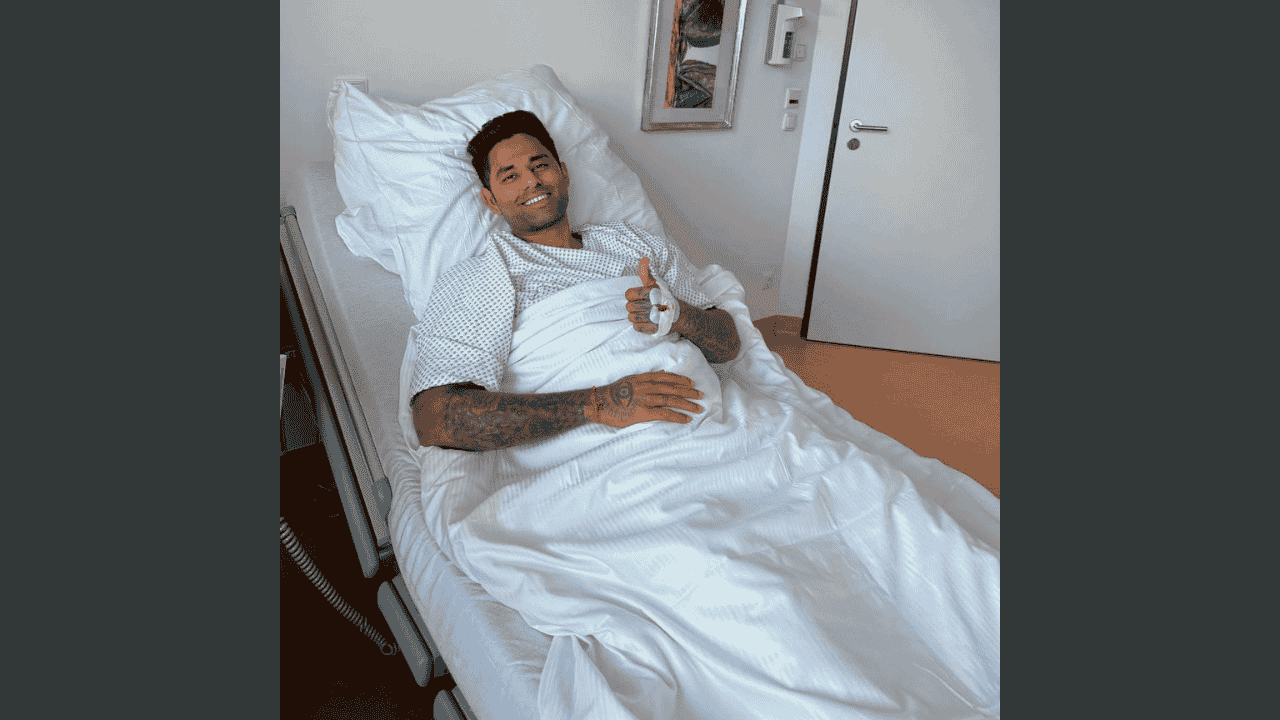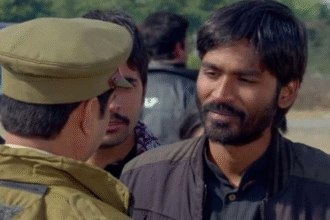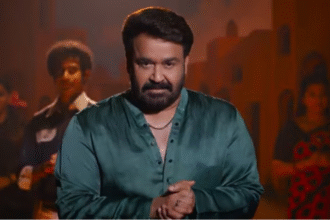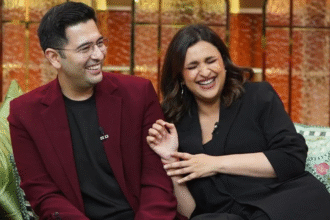India’s T20I captain Suryakumar Yadav recently underwent successful surgery in Munich, Germany, for a sports hernia — a condition that isn’t widely known but can severely impact an athlete’s performance. His case has brought attention to this often-overlooked injury, especially among professional cricketers, footballers, and other high-mobility athletes.
What Is a Sports Hernia?
Contrary to its name, a sports hernia (medically called athletic pubalgia) is not a traditional hernia. It doesn’t involve a visible bulge. Instead, it’s a soft tissue injury affecting the muscles, tendons, or ligaments in the lower abdomen or groin area, typically caused by repetitive twisting, sprinting, or sudden directional changes.
Dr. Mohit M. Kukreja, a sports medicine expert from Wockhardt Hospitals, Mumbai, explained that this injury is common among athletes like cricketers and footballers. “The pain can come and go, which makes diagnosis tricky. Often, it’s mistaken for a routine muscle strain,” he said.
Why It Matters for Athletes Like Suryakumar Yadav
In Suryakumar’s case, where core strength and agility are central to his game, an undiagnosed sports hernia could have worsened and delayed recovery. Dr. Kukreja added, “With early detection, most athletes recover well — either through physiotherapy or surgery, depending on the extent of damage.”
Key Symptoms of a Sports Hernia
- Sharp, deep pain in the lower abdomen or groin
- Discomfort during movements like sprinting, kicking, or twisting
- Pain that subsides with rest but returns with activity
- In some cases, even coughing or sneezing can trigger pain
- No visible bulge, which makes it easy to miss
Diagnosis and Treatment
Diagnosing a sports hernia isn’t simple. It often mimics other groin-related injuries. A mix of physical examination and MRI scans is typically used to confirm the issue.
Treatment varies based on severity:
- Initial Approach: Rest, physiotherapy, core strengthening
- If Not Improving: Surgery may be required to repair torn tissues
Dr. Kukreja emphasized that every case is unique. “It’s important to tailor treatment to the individual and not rush the recovery process.”
Recovery and Risk Factors
Recovery involves more than healing—it’s about preventing recurrence. A structured rehabilitation program focusing on core stability, hip mobility, and muscle balance is essential.
Rushing back to full activity too soon is a common mistake that can lead to reinjury.
Interestingly, this injury isn’t limited to athletes. Gym-goers, construction workers, or anyone doing intense physical work involving heavy lifting or twisting motions can be at risk.
When to Seek Help
Dr. Kukreja advised paying attention to persistent groin or lower abdominal pain that lasts beyond two weeks or keeps returning despite rest. “Left untreated, a sports hernia can turn into a chronic issue. It may also cause compensatory injuries in other parts of the body,” he warned.
In Conclusion
Suryakumar Yadav’s surgery sheds light on an injury that’s often misdiagnosed or ignored. Whether you’re an athlete or a fitness enthusiast, understanding sports hernia and seeking timely medical help can prevent long-term complications and get you back on your feet faster.






